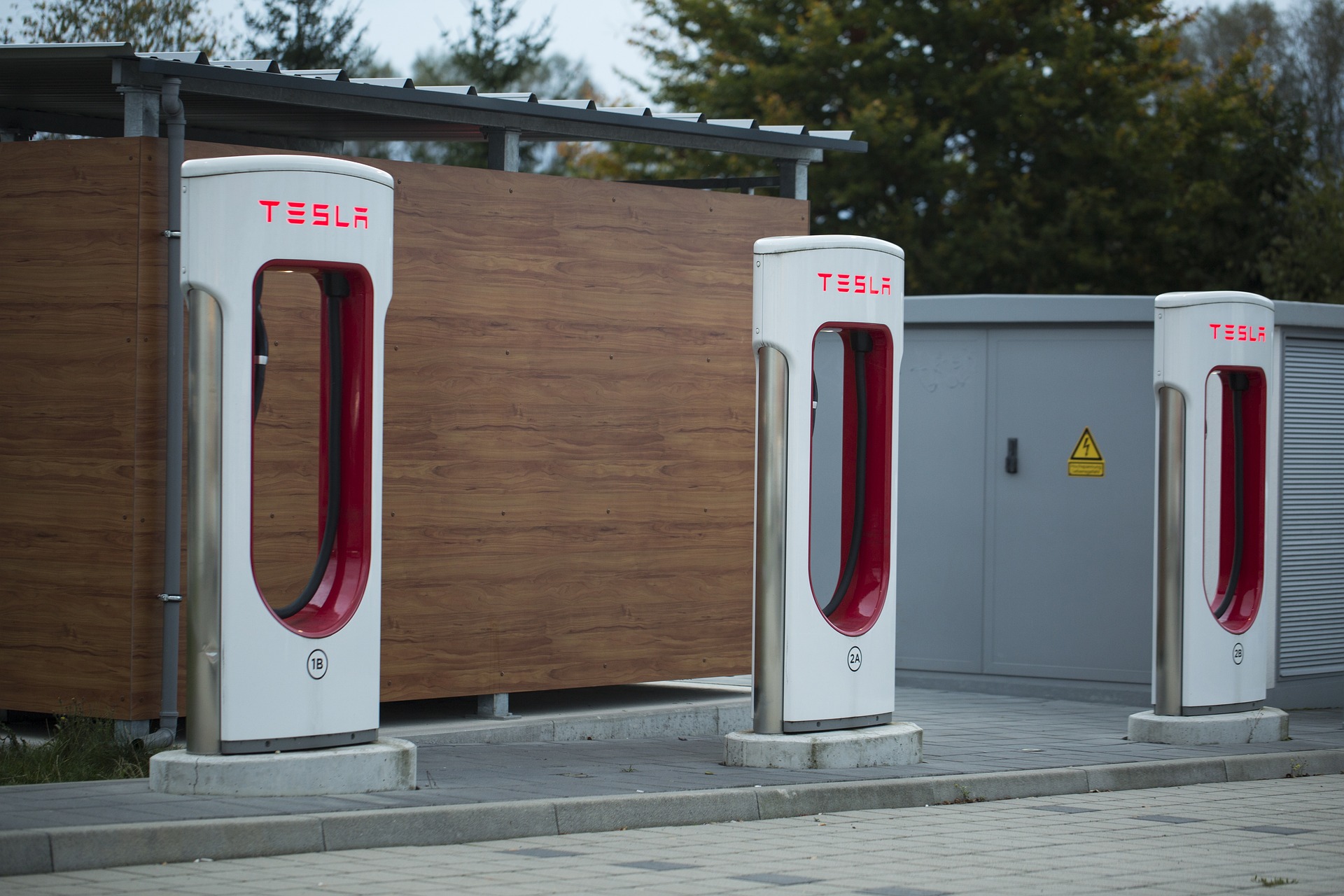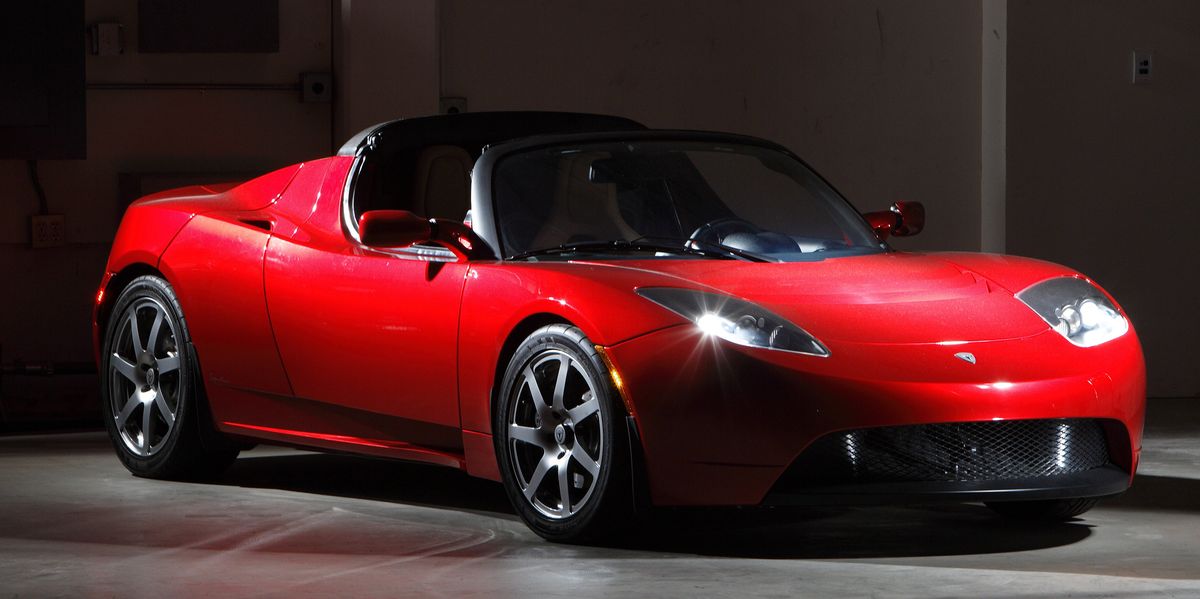Context
It is not known a lot about the motivation of creating a Design Thinking Case of creating an electric car or changing the car industry to become more sustainable. But I personally think that money was a huge engine for the founders of Tesla and also for Elon Musk, who had a lot of money to invest in a profitable business segment, which the electric vehicle market was in his opinion, after PayPal was sold.
In addition, the major automotive companies at the time Tesla was founded did not invest much money in research, as they assumed that the gasoline engine was an unbeatable technology and that it would not have to fear competition from electrically powered vehicles in the near future. On top of this, the founders were convinced that emissions from the transport sector had to be reduced in order to stop climate change and that this would not be possible with conventional driving systems. Most people would have thought of public transport systems as a solution to this problem, but the founders of Tesla understood most people would not take too much inconvenience to save the environment. To get a different approach, they used design thinking and finally came up with the idea of designing an electric car for the mass market.
Practicality and usability are two things that had to be at the forefront for a large market, but which an electric car could not yet fulfill at that time. However, it was already clear to those involved at the time that the price would fall in mass production and that the range could only be improved if research was carried out and this had to be financed. And this can only succeed if someone starts producing an electric car, regardless of whether it is already suitable for the masses or not. And if electric cars were a success, Tesla would already be ahead of the major car manufacturers in one area.
The Participants
The Stakeholders were the Founders and Leadership, that contains Marc Tarpenning, Martin Eberhard, and Elon Musk.
Other Participants were the Designers, Engineers, and other employees, who helped Tesla reach their goals and get to the point where they are standing today. They were also part of the Design Thinking process by a rating system, an innovative culture, or a collaborative work, further described in the next section.
The Phases of Tesla’s Most Successful Design Thinking Case: The invention of the idea of an electric vehicle for everyone
Empathize
Already in the late 19th century, the American government came up with an idea to limit emissions from the personal vehicle sector by setting up a law that 10 percent of the newly registered vehicles must be emission-free until 2003. After the new government was put under pressure by the American car and oil companies the law was stopped. The old car companies threw their ideas of alternatives in the trash and rested on their current position. But there were a few persons, that understood that there must be a change in vehicle emissions, so Martin Eberhard and Marc Tarpenning founded Tesla. Shortly after they brought up Elon Musk, who also understood the problem of too high vehicle emissions and saw the giant profit in their company.
Define
The problem with gasoline vehicles is that the minimization of emissions is limited and so they came to the conclusion that only a vehicle driven by power produced by sustainable energy could be the solution.
Ideate

Tesla did not want to be dependent on the government and laws but wanted to produce a car that represented a real and preferably even better alternative to the gasoline-powered car and was not seen as a constraint. And so, they came up with the idea of a country-wide charging network and electric vehicles with a range nobody thought was possible before. Additionally, the car must be cheap even if the price of the battery was initially much higher than that of an Otto motor, but to get this price mass production was needed.
Prototyping
As a part of their prototyping Tesla published their first car, the Tesla Roadster in 2008 to show the world that it is possible to drive with a fully electric vehicle not only in the city but also on the highway. But the price of over 100 thousand US dollars and the range of about 200 miles were not yet a reason for the majority to switch to an electric vehicle for the sake of the environment. But Tesla showed with their Prototype that it is possible to produce a car a lot of people thought was not possible. In the beginning, Tesla sold their vehicles with unlimited charging at their SuperChargers to give their drivers the possibility to drive completely for free. Additionally, Tesla used the strategy to hire people who were good at solving problems, but had not worked in the automotive industry before, to get new ideas and overthink the old principles of car manufacturing (S1). Furthermore, they let their design and engineering team work together hand in hand to get the best possible compromise. Lastly, Tesla came up with the idea of Over-the-air Updates for cars, so that they could solve problems and release new features after the vehicles were sold in a very convenient way for their customers.
Testing
A lot of testing was done by the customers. Tesla listened a lot to their customers and fulfilled a lot of their wishes. Tesla also created a voting system with which customers could rate the developers’ ideas. If an idea was particularly well received by customers, the developer received a bonus. In this way, Tesla was able to encourage its employees to perform at their best.
The Results of Tesla’s Use of Design Thinking
Today Tesla is the most valued car company in the world after market capitalization (S2). So, I think it is not too much to say that the Design Thinking Case was a complete success.
Tesla has a giant Charging Network all over the world, which is a large selling point. Additionally, they produce one of the most efficient and cheapest cars in their class.
But there are also problems with the way Tesla chooses, for example, the cars are apart from the drivetrain not as good as their competitors because Tesla decided to build a car from scratch without the experience that other car companies have gained over the years.
In conclusion, Tesla uses Design Thinking until today by focusing on Customer Orientation to further improve their cars with features wanted. They also use Design Thinking for creating their Simple Design, saving costs by making their production more efficient and improving collaborative working.
Lessons learned
- Design Thinking can be pretty useful to find a completely different solution to a problem that is not solved as well as it could be
- It is important to continue developing a product and not to rest on your laurels, as there is always room for improvement
Sources:
S1. Stanford Business School Taps Tesla Motors for Global Executive Program Customer Innovation Project
S2. Largest automakers by market capitalization
Image Sources:




